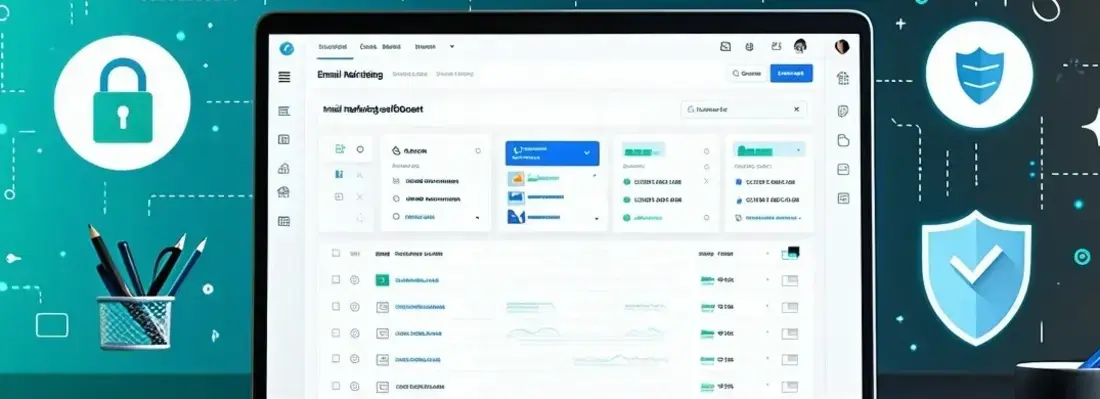How AP Automation Software Can Strengthen Your Cybersecurity Posture
Date: 11 April 2025

Businesses face growing threats from fraud and data breaches. Traditional manual processes increase risks, but modern tools help protect sensitive information. Automated accounts payable systems play a key role in keeping financial data safe. They reduce human errors, enforce strict access controls, and ensure compliance. Below are seven ways these tools enhance protection against cyber threats.
Reducing Manual Error Risks
Human mistakes are a leading cause of security gaps. Manual data entry often leads to misplaced invoices or duplicate payments. Employees juggling multiple tasks may overlook critical details in financial documents. Paper-based systems make it harder to spot discrepancies quickly. A bank reconciliation software eliminates these errors by handling transactions digitally. They cross-check information against existing records automatically.
Enhancing Data Encryption Standards
Financial data must stay private. Automated tools use strong encryption to protect information both in transit and at rest. Modern encryption methods are virtually unbreakable with current technology. Regular updates ensure protection against emerging threats. Even if hackers intercept files, encrypted data remains unreadable. This security measure applies to all communication channels within the system. This ensures sensitive details, like vendor bank accounts, stay secure.
Securing Access with MFA
Not everyone should have full access to payment systems. Multi-factor authentication (MFA) adds an extra step to verify user identities. This could involve biometric scans or one-time passcodes sent to mobile devices. The additional layer works even if passwords are compromised. Even if login details are stolen, unauthorized users can't get in without a second verification method. Systems can be set to require re-authentication for high-value transactions.
Automating Audit Trail Logs
Tracking every action is vital for security and compliance. Automated systems record who accessed files, approved payments, or made changes. These logs include timestamps and IP addresses for complete transparency. Managers can generate reports with just a few clicks. If something goes wrong, these logs help trace the issue quickly. They serve as evidence during internal investigations or audits. Detailed records also discourage insider fraud since every move is monitored.
Blocking Unauthorised Transaction Attempts
Fraudsters often test systems with small, suspicious payments. Automated tools can flag unusual activity, like sudden changes in vendor details or odd payment amounts. Machine learning algorithms improve detection over time by recognizing patterns. Systems can be customized with specific rules for each business. Alerts go out immediately, allowing teams to stop fraud before major damage occurs. Some platforms can automatically freeze suspicious transactions for review.
Ensuring Regulatory Compliance Easily
Businesses must follow strict financial regulations. Manual processes make compliance harder, increasing the risk of penalties. Staff may struggle to keep up with frequent regulation changes. Documentation errors can lead to failed audits. Automated systems keep up with changing rules and generate required reports instantly. They can be updated centrally to reflect new requirements. This reduces legal risks while saving time on paperwork.
Minimising Phishing Attack Vulnerabilities
Many breaches start with deceptive emails. Employees might accidentally share login details or approve fake invoices. Training helps, but human error remains a constant risk. Sophisticated scams can fool even cautious staff members. Automation limits human interaction with payment processes, reducing phishing success rates. Pre-approved workflows eliminate the need for email approvals. Fewer hands on deck mean fewer chances for scams to work.
Switching to automated accounts payable isn’t just about speed—it’s a security upgrade. By cutting errors, locking down access, and monitoring transactions with the help of bank reconciliation software, businesses can defend against modern threats. Strong encryption and compliance features add further peace of mind. In a world where cyber risks keep growing, these tools provide a reliable shield for financial operations.






